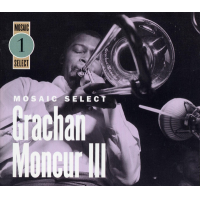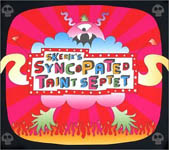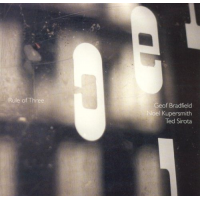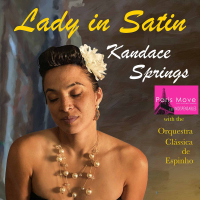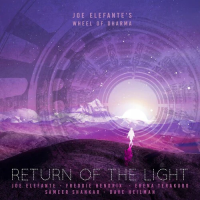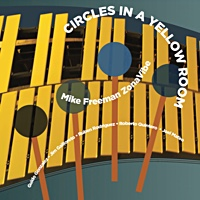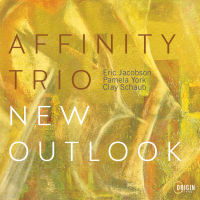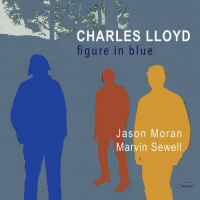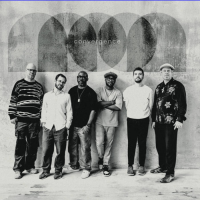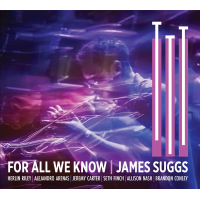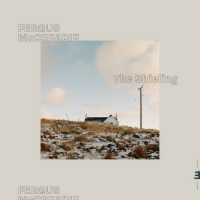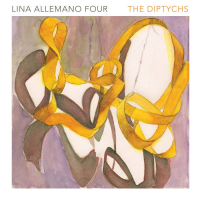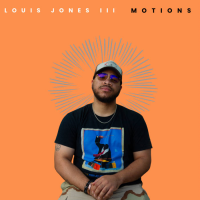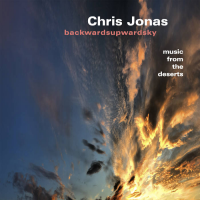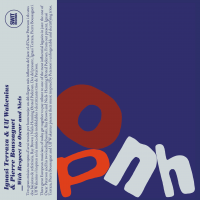Home » Jazz Articles » Album Review » Grachan Moncur III: Mosaic Select 1
Grachan Moncur III: Mosaic Select 1
Still, there are nuggets of music from obscure artists that still warrant some sort of rediscovery, albeit possibly not in the grand fashion of a formal boxed set. Thus, we offer the premise of the label’s new Select series of reissues. Housed in conventional jewel boxes with cardboard slipcovers, these limited edition sets also include annotated booklets that boast full color reproductions of the albums covers associated with the package.
As a possible link between bop inflected trombone stylists such as Curtis Fuller and J.J. Johnson and the more avant-garde leanings of Albert Mangelsdorff or Roswell Rudd, Grachan Moncur III found an attractive middle ground that pushed the music forward while maintaining the kind of hard bop excitement that fascinated scores of Blue Note followers. During his tenure with producer Alfred Lion’s quintessential label, Moncur would cut two records of his own as a leader, in addition to appearing as a sideman on several Jackie McLean sessions. Both of Moncur’s records as a leader, Evolution and Some Other Stuff, have been previously available on CD, but are currently hard to find. As for the McLean dates heard here, only the tracks from Hipnosis have never been previously released on disc.
When Jackie McLean came out with One Step Beyond in 1963, it was not only apparent that the alto saxophonist was heading into unexplored territory, but also that he had discovered some substantial new talent, namely drummer Tony Williams, vibraphonist Bobby Hutcherson, and trombonist Grachan Moncur III. Not only is Moncur heard at length as a soloist, but he also composed two of the albums four tracks. “Ghost Town” is probably the most remarkable of these, creating a dark and foreboding mood in its dramatic opening strains. That sense of drama imbues “Love and Hate,” one of three further originals from Moncur that would appear on McLean’s next Blue Note set, Destination Out. By contrast, “Riff Raff” is more down home, with a bluesy shuffle and a melody line punctuated by alternating two note phrases.
Two more Moncur pieces can be found among the five that constitute a February 1967 session that was not released at the time, only coming out later as part of the ‘70s twofer Hipnosis. A model of his improvisational style, Moncur’s opening gambit on the title track includes sustained tones that spill over bar lines and create drama through the careful use of space. “Back Home” is another ‘back to the basics’ tune with a bluesy base that kicks in after a more somber opening. Rounding out the McLean material are three tracks from 1967’s ’Bout Soul, possibly the most radical album that the saxophonist cut prior to the end of the decade. Sounding almost as if it belonged to another project, Moncur’s “Soul” is a groove based number not unlike “The Sidewinder” in its visceral appeal, but marked by a very hip recitation by poet Barbara Simmons.
As for Moncur’s own two Blue Notes, much has been written about their importance among the contemporary jazz canon. A few years after Evolution was recorded, trumpeter Lee Morgan commented that the 1963 session proved to be one of the most challenging that he had ever been involved in. Certainly the inclusion of Bobby Hutcherson and Tony Williams upped the ante in terms of what was possible. The cast was no less heady for the follow-up (adding Wayne Shorter; Herbie Hancock spelling Hutcherson), however Some Other Stuff is a more challenging listen, due to several free form pieces that are not marked by any sort of beat or tempo. Taken together, all of the recordings on this three-disc set delineate a particularly fruitful period for both Blue Note and Moncur and their availability as a package makes it even easier to experience their full impact.
Issued in limited editions of 5000, this recording is available solely through Mosaic Records; 35 Melrose Place; Stamford, CT. 06902; (203) 327-7111. Check their website at www.mosaicrecords.com for more information.
Track Listing
DISC ONE: 1. Saturday And Sunday, 2. Frankenstein, 3. Blue Rondo, 4. Ghost Town, 5. Love And Hate, 6. Esoteric, 7. Kahlil The Prophet, 8. Riff Raff DISC TWO: 1. Saturday And Sunday (alternate take), 2. Air Raid, 3. Evolution, 4. The Coaster, 5. Monk In Wonderland, 6. Conversion Point, 7. Erdu, 8. Soul DISC THREE: 1. Hipnosis, 2. Slow Poke, 3. The Breakout, 4. Back Home, 5. The Reason Why, 6. Gnostic, 7. Thandiwa, 8. The Twins, 9. Nomadic
Personnel
Grachan Moncur III
tromboneGrachan Moncur with Jackie McLean, Bobby Hutcherson, Herbie Hancock, Tony Williams, Woody Shaw, Eddie Khan, and many others.
Album information
Title: Mosaic Select 1 | Year Released: 2003 | Record Label: Mosaic Records
Tags
PREVIOUS / NEXT
Support All About Jazz
 All About Jazz has been a pillar of jazz since 1995, championing it as an art form and, more importantly, supporting the musicians who make it. Our enduring commitment has made "AAJ" one of the most culturally important websites of its kind, read by hundreds of thousands of fans, musicians and industry figures every month.
All About Jazz has been a pillar of jazz since 1995, championing it as an art form and, more importantly, supporting the musicians who make it. Our enduring commitment has made "AAJ" one of the most culturally important websites of its kind, read by hundreds of thousands of fans, musicians and industry figures every month.


